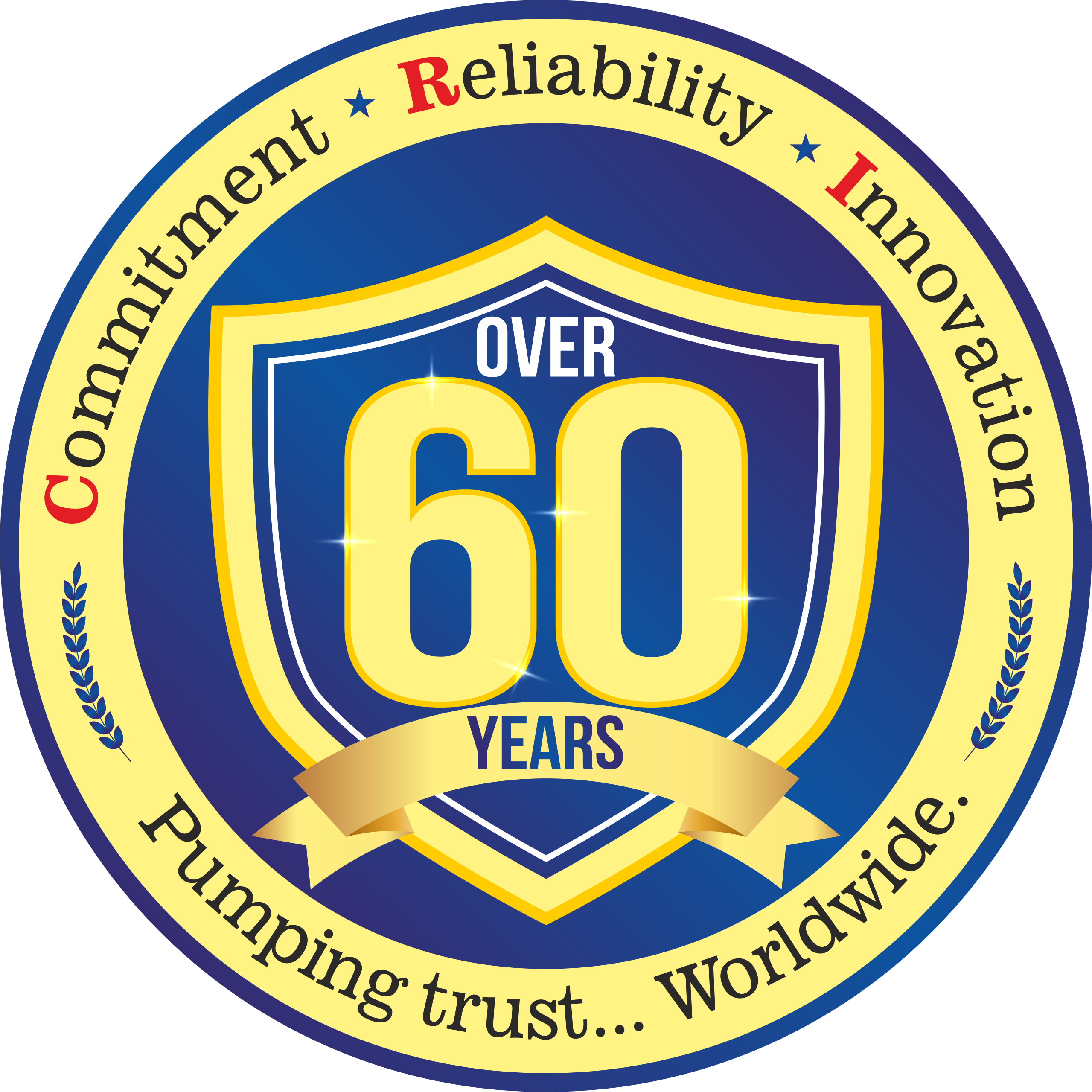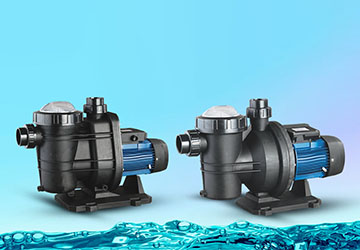Your Guide to Pool Pump Selection
Swimming pools are an excellent addition to any backyard, offering a place to cool down and relax during the hot summer. However, to ensure that your pool is safe and clean, it’s important to choose the right pump. Many factors come into play while choosing the right pump, for example, the size of the pool, the pump’s flow rate, efficiency, the type of pump, etc. So, here’s a 5-step guide to help you choose the right pump for your home swimming pool Step 1: Determine the Size of Your Pool The first step while choosing the right pump for your swimming pool is to determine the size of your pool. This is important because the size of the pool will dictate the size of the pump that you need. A larger pool will require a larger pump, while a smaller pool will require a smaller pump. You’ll also want to consider the number of features in the pool, such as waterfalls or fountains, which will also impact the size of the pump required. You should also consider the volume of water that needs to be pumped through the filtration system. Total dynamic head (T.D.H.) is the resistance to flow that the pump must overcome. The higher the T.D.H., The more powerful the pump will be needed. Step 2: Consider the Flow Rate The flow rate of a pump is measured in litres per minute (L.P.M.). It’s important to choose a pump with a flow rate that matches the size of your pool. The higher the flow rate, the more water the pump can move, which is important for keeping the pool clean and clear. Additionally, it’s important to consider the flow rate considering the size of your pool’s filtration system. A smaller/larger filtration system will support a lower/higher flow rate to effectively filter the water. Step 3: Decide the Type of Pump Two main types of pumps are commonly used for home swimming pools: single-speed and variable-speed pumps. Single-speed pumps operate at one speed, while variable-speed pumps can operate at different speeds. Variable speed pumps are generally more energy efficient, but they can also be more expensive. Step 4: Consider Energy Efficiency Swimming pool pumps are known to be energy-intensive, so it’s important to consider the energy efficiency of a pump before making a purchase. Look for a pump that is energy star-rated, or has a high energy-efficiency rating. Also, consider a pump with a built-in timer – to turn off the power automatically after a scheduled period. You should also consider pumps that come with flow rate adjustment features to save energy. Check the power consumption in watts of the pump for energy efficiency. This will help to save money on your energy bills in the long run. Step 5: Check Prices, Warranty, and After-sales Support When selecting a pump for a swimming pool, it’s important to consider several factors such as flow rate, price, warranty, after-sales services, part availability, and energy efficiency. Compare prices of different pumps and ensure that the company you select provides quick installation and on-site maintenance services. Check the availability of replacement parts and consider the energy efficiency of the pump. It’s important to research and consult with experts before making a final decision to ensure you are getting the best pump for your needs and budget. Formulas to Help You The following steps will help you find your swimming pool volume and flow rate quickly. Step 1: The formula to calculate the volume of a rectangular pool is Length x Width x Depth. For a pool that is 20m long, 8m wide and 1m deep, the volume can be calculated as 10 x 5 x 2 = 100 cubic metres. In case the pool is circular, the formula to calculate the volume is V= πr²h, where r is the radius and h is the height of the pool. Step 2: To convert the volume of a pool from cubic metres (m3) to litres (L), multiply the volume by 1000. (1 Metre cube = 1000 litres) For the worked example of a pool that is 10 m long, 5 m wide and 2 m deep, the volume is 160 cubic metres (m3). To convert it to litres it would be 100 x 1000 = 100,000 litres. Step 3: To calculate the flow rate, divide the total volume of the pool in litres by the time it takes to fill the pool. For the worked example of a pool with a volume of 100,000 litres, which takes 8 hours to fill completely, the flow rate would be 100,000/8 = 12,500 litres per hour (L/h). Step 4: To match the flow rate of the pool with one of the pump options available, the flow rate in litres per hour (L/h) must be converted into litres per minute (L/m). To do this, divide the flow rate in L/h by 60. For the worked example of a pool with a flow rate of 20,000 L/h, the flow rate in L/m would be 12,500 / 60 = 208.3 L/m. This value will match with one of the pump options available in the SMP or SWIMM range. Summary It is important to determine the size, flow rate, type of pump, energy efficiency, price, and warranty and after-sales service before selecting a pump. And by following this 5-step guide, you can be confident that you are making the right choice for your home swimming pool. If you are in the market for swimming pool pumps, explore C.R.I. pumps. CRI group produces sturdy pumps that deliver effective performance and consume less power. With the motto “Fit & Forget,” C.R.I. provides a wide selection of residential, domestic, agricultural, and solar pumps. Visit C.R.I. pumps today to select the right pump for your pool.




